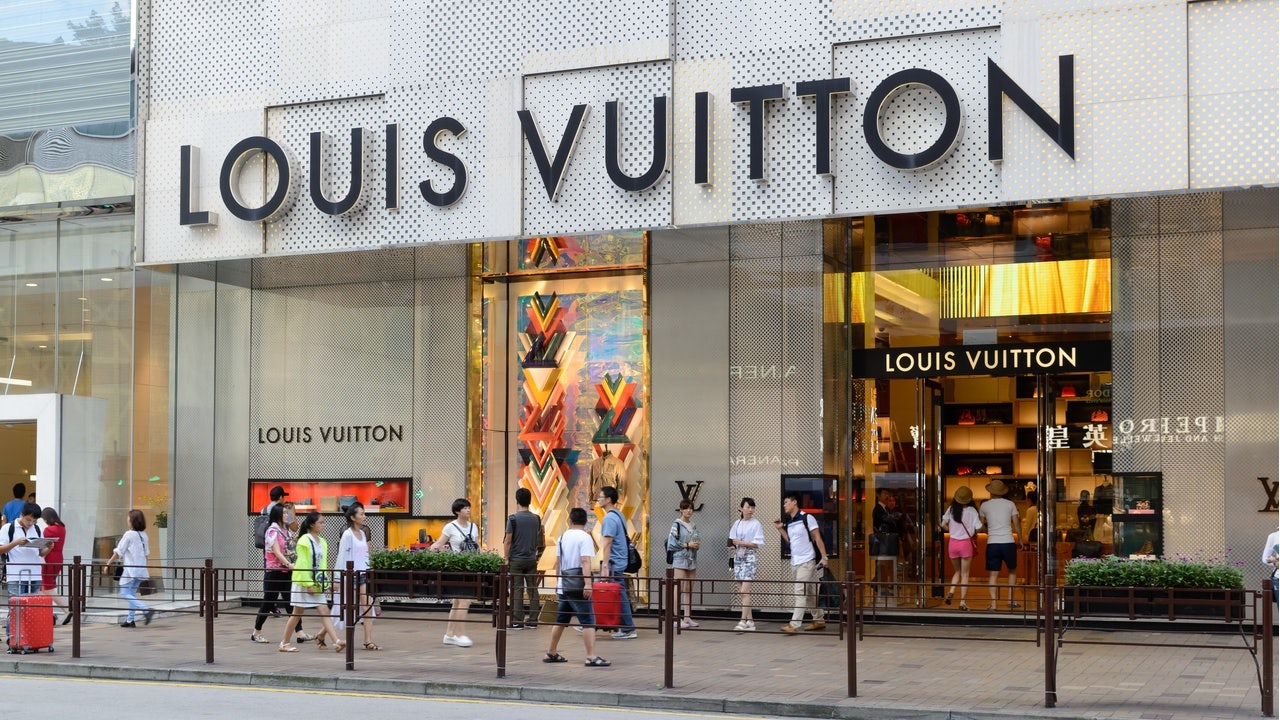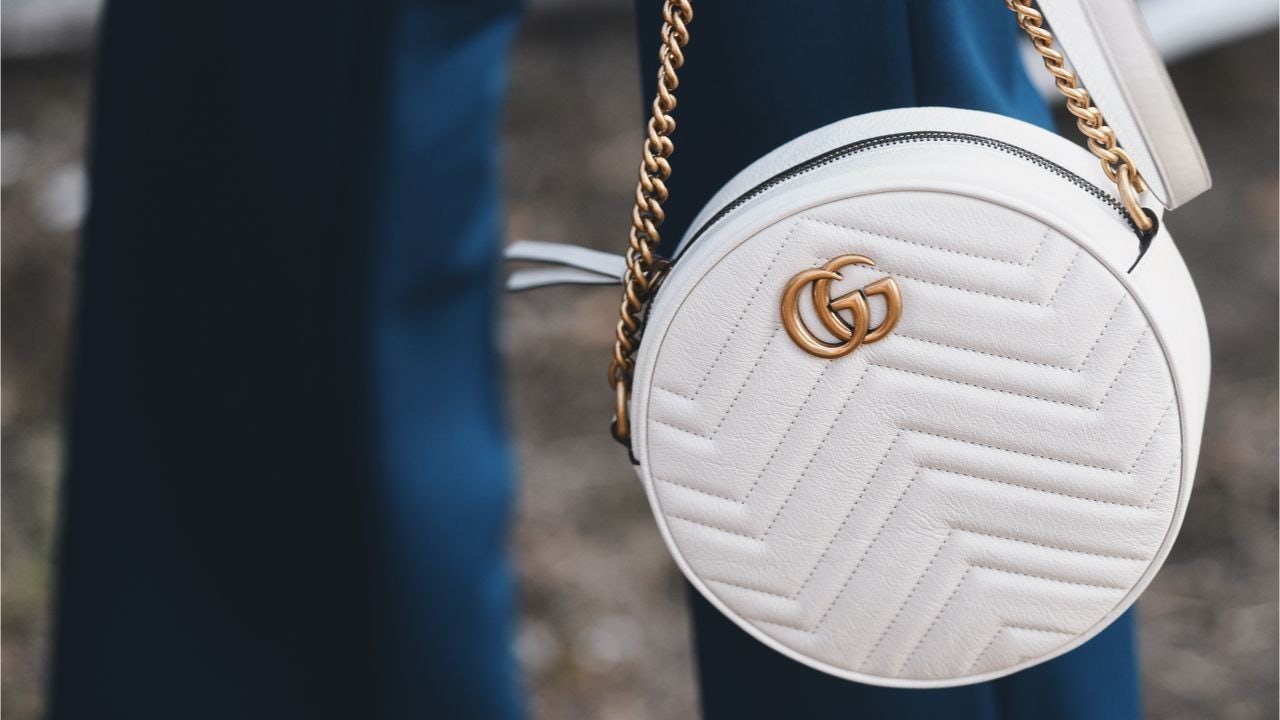Key Takeaways:#
The strategies that work in Paris, New York, Tokyo, or Sydney are most likely lagging three to five years behind what Chinese customers now expect.
It is no longer enough to simply think of digital acceleration or omnichannel excellence. Instead, brands have to create an ecosystem around their customers where they serve them independently at their favorite brand access points with extreme speed, competence, and proactivity.
Chinese Gen Zers are different from other Gen Zers around the world. Two unique facets they show are extreme optimism and patriotism. As such, they have a strong desire to purchase Chinese brands.
As the Chinese luxury market booms toward never-before-seen dimensions, many Western brands now believe it to be a pot of gold. Over the past few years, many of them, including Louis Vuitton, Hermès, and Ralph Lauren, have massively increased their presence in China by opening new stores across the country and expanding deeper into smaller Tier-3 and Tier-4 cities.
At the same time, many brands expanded their digital capabilities, including Gucci’s launch on Little Red Book and the short video platform Douyin, Louis Vuitton’s K-pop collaboration, and countless KOL integrations. All of it is meant to reach a much younger, dynamic, and affluent target group.
However, there is a big difference between playing to play in China and playing to win. While some top brands have dramatically stepped up their local digital capabilities, the sheer speed of change within China's digital ecosystem is challenging for Western brands that must create relevant content and connect with local customers in real-time.
The same holds for in-person retail, where Chinese customer expectations of top-notch, personalized services have eclipsed what brands are doing in other markets. It is no longer enough to simply think of digital acceleration or omnichannel excellence. Instead, brands have to create an ecosystem around their customers where they serve them independently at their favorite brand access points with extreme speed, competence, and proactivity.
The strategies that work in Paris, New York, Tokyo, or Sydney are most likely lagging three to five years behind what Chinese customers now expect. It is not by chance that most brands are burning cash in China, not performing to their potential, and then often exiting the market after learning (the hard way) that what works everywhere else in the world does not work in China.
But this challenge for Western brands has just begun. For many brands, an increasing dependency on China may even turn into a future nightmare. That is because the rapid growth of the Chinese luxury sector in 2020, which was practically the only growing market worldwide and far outperformed any other country, is here to stay. Yet, there are significant structural changes ahead for it.
Gen Z will soon become the dominant luxury customer group by 2030. But Chinese Gen Zers are different from other Gen Zers around the world. Two unique facets they show are extreme optimism and patriotism. As such, they have a strong desire to purchase Chinese brands.
Chinese Gen Zers are optimistic because they never experienced any economic crisis. They grew up well-nurtured and protected in a 1-child home. Therefore, they have less propensity to save money and a higher drive for spending on luxury than any generation before. Meanwhile, their patriotism is fueled by entrepreneurship, pride, and a willingness to build more relevant brands in China.
Therefore, Chinese Gen Zers will not only be the primary luxury consumer group in the next few years, but they will also be drivers of innovation and new brands built on local insights about the new generation.
And now, hyper-competitive Chinese brands are emerging in all categories. Nio is disrupting the automotive sector. The Kanaan Winery in Ningxia is collecting one award after the other and getting the world interested in fine Chinese wines, something unthinkable just a few years ago. The prestige cosmetics brand Little Ondine is making waves as part of David Huang’s beauty empire, Yatsen — a company launched only five years ago which now earns over 800 million in revenue, a meteoric success story. The company has become so successful that it is now starting to buy Western beauty brands like Galénic, a French dermatologist brand.
These are just some of the precursors of the seismic shift that is happening in China. As customers increasingly buy in China, their preferences gradually shift to Chinese luxury brands, and as hyper-competitive Chinese luxury brands continue to emerge, Western luxury brands will have to step up their game.
If there has been one lesson in China, it's that past success is no guarantee of future success. Many Western brands are still struggling to keep up with China's accelerating pace, and a shift towards Chinese brands may still seem far away. But that change will hit brands within this decade and will be a turning point for many. The solution? Get excellent by localizing your capabilities, insights, and decision-making. Otherwise, you should exit China before you run out of cash.
On the other hand, the demand for top-tier Western luxury brands has never been higher, underlining how critical it is to create a strong business foundation in China. Change your mindset and play to win.
Daniel Langer is CEO of the luxury, lifestyle and consumer brand strategy firm Équité, and the professor of luxury strategy and extreme value creation at Pepperdine University in Malibu, California. He consults some of the leading luxury brands in the world, is the author of several luxury management books, a global keynote speaker, and holds luxury masterclasses in Europe, the USA, and Asia. Follow @drlanger


